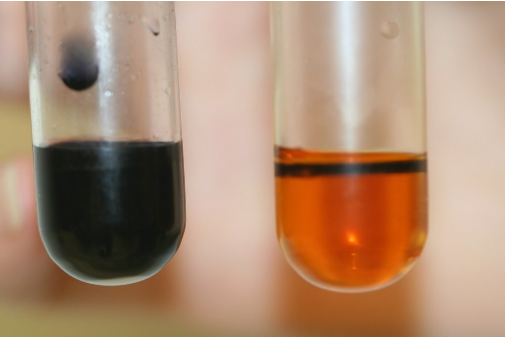Laboratory Objectives
- A scientific theory is a proven scientific statement that can be confirmed by repeated experiments.
- A hypothesis is a scientific assumption that still requires proof.
- Falsifiability is a property of the theory, characterizing the possibility of its fundamental refutation.
- Replication is repeated repeatability of the same (or similar) results in a series of experiments under the same conditions.
- Controlled variables are such values that are rigidly fixed in a series of experiments; in other words, they remain unchanged.
- Treatment is a procedure for intervening in the original sample.
- An independent variable is a variable that changes during an experiment while affecting the dependent variable.
- A dependent variable is a variable of interest whose change is accompanied by a change in the independent variable.
Summary
One of the most important objective ways of knowing the world is the scientific method. Characterized by systematicity, reproducibility, and reliability, this method allows to critically examine the phenomena existing in the world and propose theories corresponding to them. In fact, all scientific knowledge goes through a complex expert path before it becomes such. Before a hypothesis acquires the status of a theory, it must receive reliable evidence of its validity (Fowler et al., 2017).
To do this, a scientific claim is formulated, from which methods of evidence are chosen. This can include empirical and analytical, including mathematical evidence, as well as evidence from the contrary. A hypothesis becomes a theory by obtaining an extensive evidence base and reproducibility of results in a series of independent experiments conducted under the same conditions. Subsequently, the theory must be evaluated by several independent laboratories in order to be finally convinced of its objectivity and impartiality.
The proof of hypotheses is of critical importance to society, as it helps to guide scientific and technological progress and qualitatively improve humanity’s overall standard of living. Thanks to the scientific method, there is an endless accumulation of practical knowledge, and, as a consequence, all spheres of social life develop, be it domestic management or quantum computing. Of no minor importance in proofs is the use of specific metric systems, which allow mathematical framing of proofs and simplification of working with theories. Although there are several metric systems — in fact, any researcher can try to create his or her own — the international SI system is globally recognized. It follows that laboratories from different countries and cultures can communicate in the same academic language by presenting their data via SI. The significance of using a standard metric system is that it saves researchers a great deal of time and resources in conducting partner research.
Results

References
Fowler, S., Roush, R., & Wise, J. (2017). Concepts of biology. OpenStax.